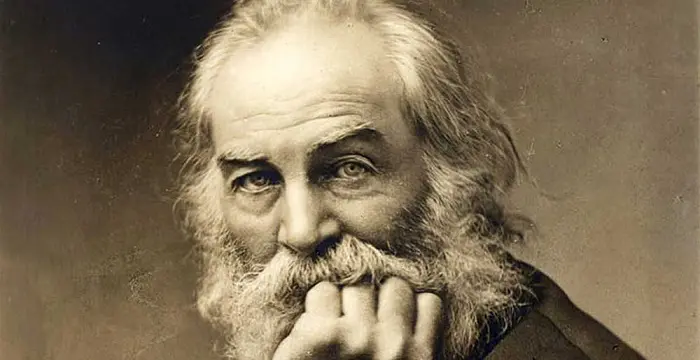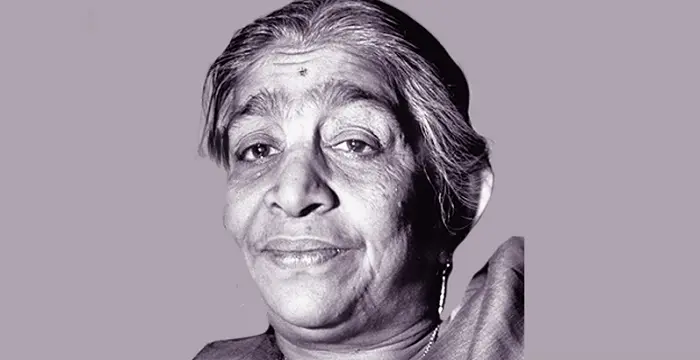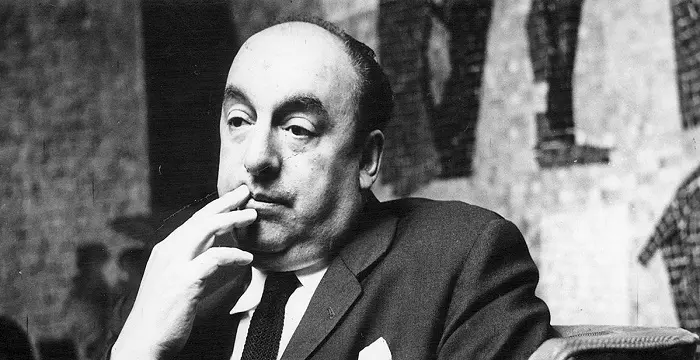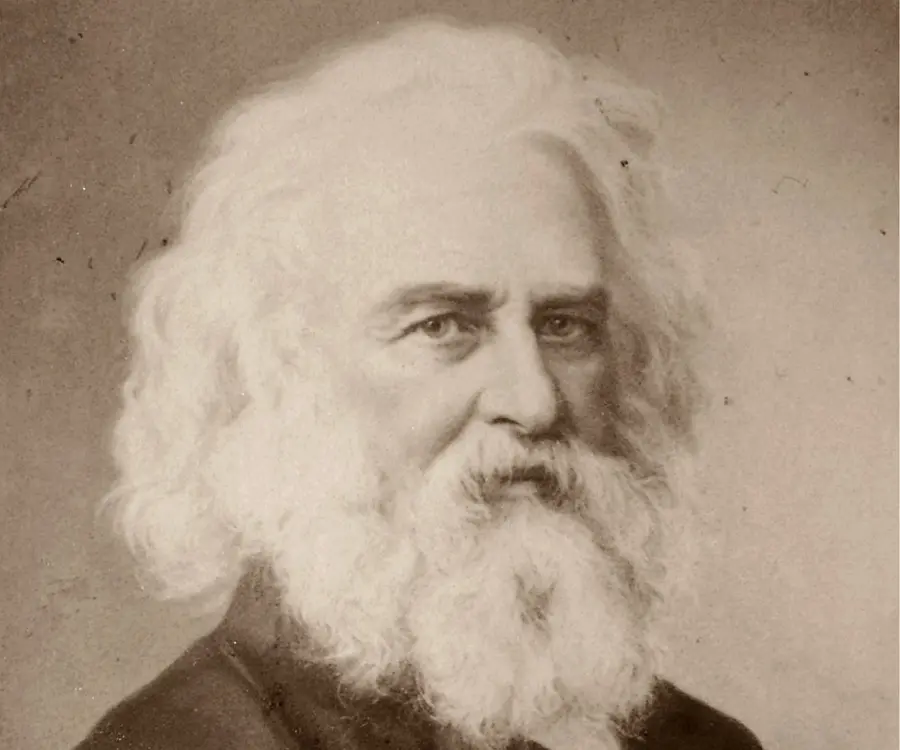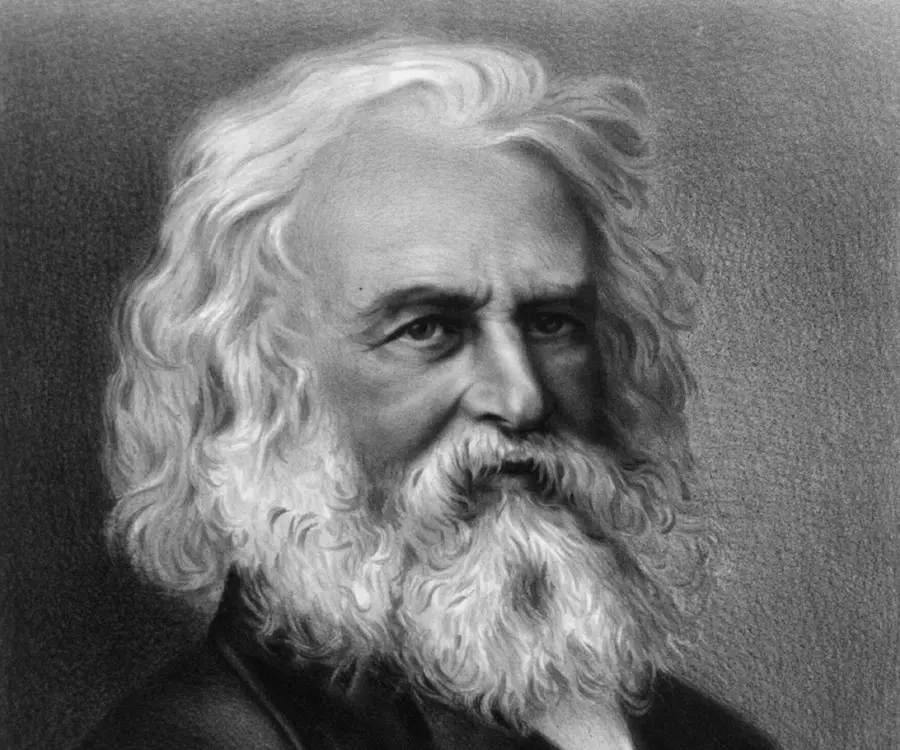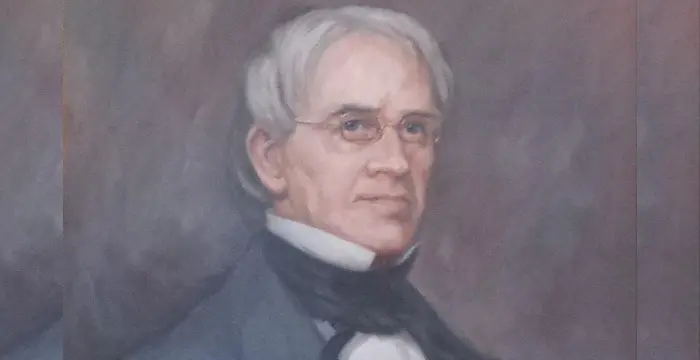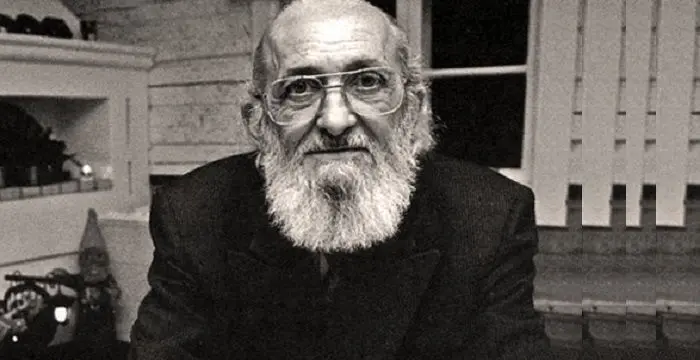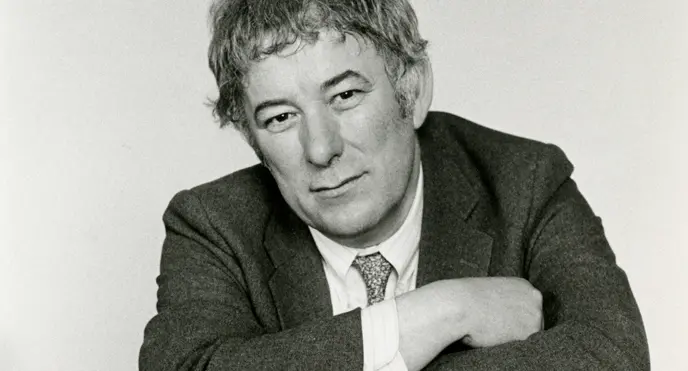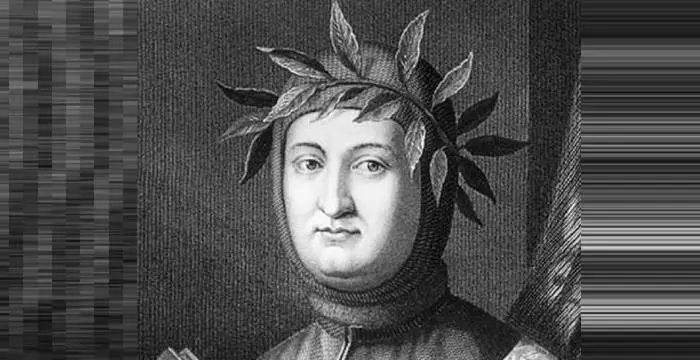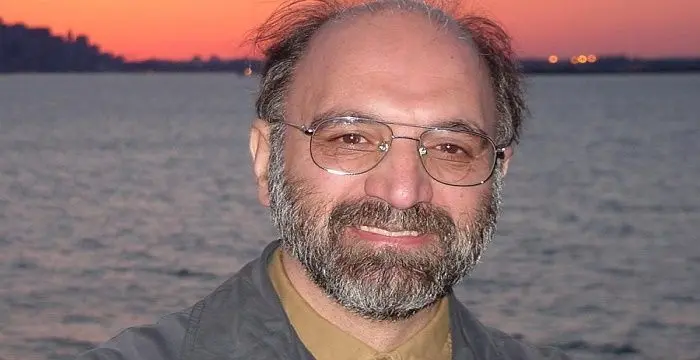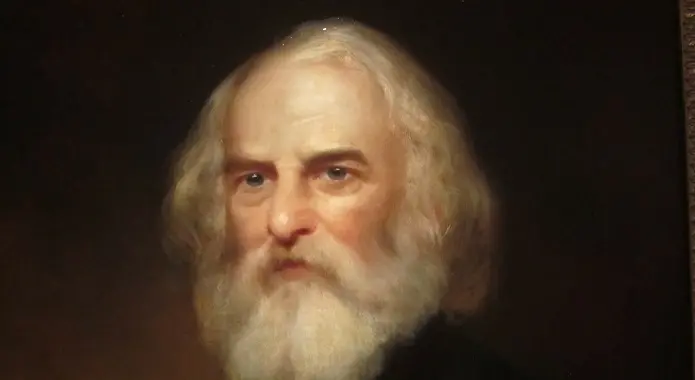
Henry Wadsworth Longfellow - Educators, Life Achievements and Childhood
Henry Wadsworth Longfellow's Personal Details
Henry Wadsworth Longfellow was the most famous American poet of his times
| Information | Detail |
|---|---|
| Birthday | February 27, 1807 |
| Died on | March 24, 1882 |
| Nationality | American |
| Famous | Writers, Poets, Educators, Poets |
| City/State | Maine |
| Spouses | Frances Appleton (Fanny), Mary Storer Potter |
| Siblings | Alexander, Anne, Elizabeth, Ellen, Mary, Samuel, Stephen |
| Childrens | Alice Mary, Anne Allegra, Charles Appleton, Edith, Ernest Wadsworth, Fanny |
| Universities |
|
| Birth Place | Portland, Maine, U.S. |
| Epitaphs | Here lie I, Martin Elginbrodde:, Have mercy o' my soul, Lord God;, As I wad do, were I Lord God,, And ye were Martin Elginbrodde. |
| Gender | Male |
| Father | Stephen Longfellow |
| Mother | Zilpah Wadsworth Longfellow |
| Sun Sign | Pisces |
| Born in | Portland, Maine, U.S. |
| Famous as | Poet & Educator |
| Died at Age | 75 |
// Famous Poets
Walt Whitman
Walt Whitman was an American poet, journalist and humanist. Read this brief biography to find more on his life & timeline.
Sarojini Naidu
Sarojini Naidu was an Indian freedom fighter and poet. Read this brief biography to find more on her life.
Pablo Neruda
Pablo Neruda was a Chilean poet, politician and Nobel laureate. Go through this biography to learn more about his profile, childhood, life and timeline.
Henry Wadsworth Longfellow's photo
Who is Henry Wadsworth Longfellow?
Henry Wadsworth Longfellow was an American poet and educator. He was famous for writing lyric poems, which were popular for their musicality and stories of mythology and legend. His poetry reflects great versatility, generally utilizing anapestic and trochaic forms, blank verse, heroic couplets, ballads and sonnets. Despite being criticized for imitating European styles, Longfellow became the most popular American poet of his era. He had written some important translations, including the immensely popular translation of Dante Alighieri's ‘Divine Comedy’. To honor his role with translations, Harvard established the Longfellow Institute in 1994, dedicated to literature written in the United States in languages other than English. Longfellow’s other important poetry collection includes ‘Voices of the Night’ (1839) and ‘Ballads and Other Poems’ (1841).
// Famous Educators
Maria Montessori
Maria Montessori was a physician and educator who developed the approach of Montessori education. This biography of Maria Montessori provides detailed information about her childhood, life, achievements, works & timeline.
Horace Mann
Horace Mann was an American education reformer and politician. This biography of Horace Mann profiles his childhood, life, works, achievements and timeline.
Paulo Freire
Paulo Freire was a Brazilian educator best known for his research on critical pedagogy. This biography of Paulo Freire provides detailed information about his childhood, life, achievements, works & timeline.
Biography detail
Henry Wadsworth Longfellow Childhood & Early Life
Henry Wadsworth Longfellow was born on February 27, 1807 in Portland, Maine, United States. His parents were Stephen Longfellow and Zilpah Longfellow. He was the second child of the eight children of the couple. His siblings were, Stephen, Elizabeth, Anne, Alexander, Mary, Ellen, and Samuel. Longfellow’s family was an influential family in the region. His father was a lawyer, while his maternal grandfather, Peleg Wadsworth, held the position of a General in the American Revolutionary War and was also a Member of Congress. At the age of the three, young Longfellow was enrolled in a dame school. In 1813, he was shifted to the private Portland Academy. In his early days, Longfellow was very studious and fluent in Latin. His mother had a significant influence on him, as she encouraged him to read and write. Longfellow printed his first poem, “The Battle of Lovell's Pond" in the Portland Gazette on November 17, 1820. He remained at the Portland Academy until the age of fourteen. In 1822, at the age of fifteen, Longfellow joined the Bowdoin College in Brunswick, Maine, alongside his brother Stephen. His family had very close association with this college; his grandfather being the founder of the college, whereas his father was a trustee. During his stay in the college, Longfellow met Nathaniel Hawthorne, who remained his close friend throughout life. In the college, Longfellow joined the Peucinian Society, which was a group of students with Federalist leanings.
While pursuing his graduation, Longfellow was frequently submitting poetry and prose to various newspapers and magazines. Until his graduation in 1825, he had published nearly 40 minor poems, majority of them appeared in the short-lived Boston periodical, The United States Literary Gazette. He graduated from the Bowdoin College with the fourth rank and was elected to the Phi Beta Kappa. After graduation, Longfellow was offered the post of professor of modern languages at Bowdoin only. It was said that the trustee of the college, Benjamin Orr was highly impressed by Longfellow's translation of Horace and hired him for a condition that he would travel to Europe to study French, Spanish, and Italian. He started his tour in May 1826 boarding the ship Cadmus. During his European tour, Longfellow traveled to France, Spain, Italy, Germany, back to France, then England before finally returning to the United States in August 1829. During the tour, he learned French, Spanish, Portuguese, and German. While he was in Madrid, he met Washington Irving and was deeply impressed by his work ethic. Irving encouraged him to pursue writing.
Career
On his return to America, Longfellow turned down the job of teaching as he was not happy with the low salary of 600$. But when the trustees raised the remuneration to 800$, he readily accepted it. While teaching at the college, Longfellow translated textbooks in French, Italian, and Spanish. In 1833, his first book was published; it was a translation of the poetry of medieval Spanish poet Jorge Manrique. The same year he published several nonfiction and fiction prose pieces inspired by Washington Irving, including “The Indian Summer” and “The Bald Eagle”. Longfellow also published a travel book, “Outre-Mer: A Pilgrimage Beyond the Sea” during this time. In December 1834, he received a letter from Josiah Quincy III, president of Harvard College with an offer to teach Modern Languages on a condition that he had to spend a year abroad. During his year long trip, he studied German as well as Dutch, Danish, Swedish, Finnish, and Icelandic. Longfellow returned to United States in 1836 and took the professorship at Harvard University. In 1839, he published his poetry collection, “Voices of the Night”. Later the same year, he published “Hyperion”, a book in prose form which was inspired by his trips.
He published his next poetry collection, “Ballads and Other Poems” in 1841 which included his popular poems, “The Village Blacksmith” and “The Wreck of the Hesperus”. During this time, he suffered from periods of neurotic depression with moments of panic, following which he had to take six month long leave from Harvard. He attended a health spa at Marienberg in Germany. On his return, Longfellow published a play in 1842, titled “The Spanish Student”. This play was based on his memories of the days spent in Spain during 1820s. The same year, he published a small poem collection, “Poems on Slavery”, which was his first public support of abolitionism. After giving a farewell dinner party to his close friend, Nathaniel Hawthorne on June 14, 1853, Longfellow took retirement from Harvard in 1854. In 1859, he was given an honorary doctorate of Laws from Harvard. After getting retirement from Harvard, Longfellow devoted himself completely towards writing. He spent next several years in translating Dante Alighieri's “Divine Comedy”. He even took help from his friends from Dante Club. The club members included William Dean Howells, James Russell Lowell, Charles Eliot Norton and other occasional guests. This translation work was published in three volumes in 1867.
Personal Life
Longfellow married his childhood friend, Mary Storer Potter on September 14, 1831. During a trip abroad in 1835, she had a miscarriage about six months into her pregnancy. Never completely recovering from the accident, she died after weeks of illness at the age of 22 on November 29, 1835. After the death of his wife, Longfellow began courting Frances “Fanny” Appleton, the daughter of a wealthy Boston industrialist, Nathan Appleton.Frances had earlier denied of any commitment but just as determined as Longfellow was, after seven years of courtship, Frances Appleton finally agreed to marry him in 1843. They had six children namely, Charles Appleton, Ernest Wadsworth, Fanny, Alice Mary, Edith, and Anne Allegra. Frances died on July 10, 1861 following an unfortunate fire accident in which she received severe injuries.
Death
Longfellow suffered from severe stomach pain and died on Friday, March 24, 1882. He was buried at Mount Auburn Cemetery in Cambridge, Massachusetts along with his wives.
Legacy
Many great men die only to leave behind them a trail of legacy that informs and reminds the coming generations as to why they were tagged “great”; Longfellow too was one of them. The poet had become one of the most popularly figures not only in America, but also in Europe. In 1884, Longfellow became the first non-British writer for whom a commemorative sculpted bust was placed in Poet's Corner of Westminster Abbey in London. He still remains as the only American poet represented with a bust. During his courtship period with Francis, Longfellow frequently crossed the Boston Bridge to reach Appleton home in Beacon Hill. That bridge was replaced in 1906 by a new bridge, which was later renamed the Longfellow Bridge. In March 2007, Longfellow was honored by the United States Postal Service, as they made a stamp commemorating him. There are a number of schools that have been named after this ace poet. The 1974 hit song of Neil Diamond, “Longfellow Serenade”, refers to the poet. He is also depicted as the protagonist in Matthew Pearl's murder mystery “The Dante Club” released in 2003.
// Famous Writers
Joyce Meyer
Joyce Meyer is a Christian author and speaker. This biography provides detailed information about her childhood, life, achievements, works & timeline
Temple Grandin
Temple Grandin is a well-known American writer, autistic activist and animal expert. This biography profiles her childhood, life, achievements, career and timeline
Tennessee Williams
Tennessee Williams was one of the greatest playwrights of the 20th century. This biography of Tennessee Williams provides detailed information about his childhood, life, achievements, works and timeline.
// Famous Poets
Charles Bukowski
Charles Bukowski was a German-born American novelist, short story writer and poet. With this biography, learn in details about his childhood, life, works, career and timeline
Seamus Heaney
Nobel Laureate Seamus Heaney was an Irish poet, playwright and translator. Know about his profile, childhood, life and timeline in the biography below.
Walt Whitman
Walt Whitman was an American poet, journalist and humanist. Read this brief biography to find more on his life & timeline.
Francesco Petrarch
Fêted as the “Father of Humanism”, Francesco Petrarch is one of the most influential literary figures the world has ever had. Explore this biography to know about his childhood, life and timeline.
Sarojini Naidu
Sarojini Naidu was an Indian freedom fighter and poet. Read this brief biography to find more on her life.
Abdolkarim Soroush
Abdolkarim Soroush is a reformer, thinker, and Rumi scholar belonging to Iran. Soroush is also a prominent figure in Iran’s religious movement. This biography provides detailed information about her childhood, life, achievements, works & timeline.
Henry Wadsworth Longfellow's FAQ
What is Henry Wadsworth Longfellow birthday?
Henry Wadsworth Longfellow was born at 1807-02-27
When was Henry Wadsworth Longfellow died?
Henry Wadsworth Longfellow was died at 1882-03-24
Where was Henry Wadsworth Longfellow died?
Henry Wadsworth Longfellow was died in Cambridge, Massachusetts, U.S.
Which age was Henry Wadsworth Longfellow died?
Henry Wadsworth Longfellow was died at age 75
Where is Henry Wadsworth Longfellow's birth place?
Henry Wadsworth Longfellow was born in Portland, Maine, U.S.
What is Henry Wadsworth Longfellow nationalities?
Henry Wadsworth Longfellow's nationalities is American
Who is Henry Wadsworth Longfellow spouses?
Henry Wadsworth Longfellow's spouses is Frances Appleton (Fanny), Mary Storer Potter
Who is Henry Wadsworth Longfellow siblings?
Henry Wadsworth Longfellow's siblings is Alexander, Anne, Elizabeth, Ellen, Mary, Samuel, Stephen
Who is Henry Wadsworth Longfellow childrens?
Henry Wadsworth Longfellow's childrens is Alice Mary, Anne Allegra, Charles Appleton, Edith, Ernest Wadsworth, Fanny
What was Henry Wadsworth Longfellow universities?
Henry Wadsworth Longfellow studied at Bowdoin College in Brunswick, Maine
Who is Henry Wadsworth Longfellow's father?
Henry Wadsworth Longfellow's father is Stephen Longfellow
Who is Henry Wadsworth Longfellow's mother?
Henry Wadsworth Longfellow's mother is Zilpah Wadsworth Longfellow
What is Henry Wadsworth Longfellow's sun sign?
Henry Wadsworth Longfellow is Pisces
How famous is Henry Wadsworth Longfellow?
Henry Wadsworth Longfellow is famouse as Poet & Educator
